If you are a new friend, please click the blue text above Follow “High-Tech Enthusiasts,” we guarantee you won’t be disappointed.
A major news event has erupted in the tech circle—Huawei’s upcoming Ascend 910D chip is reported to directly challenge NVIDIA’s “AI chip ceiling” H100. Upon hearing this news, even NVIDIA CEO Jensen Huang couldn’t sit still, publicly stating that Huawei is “China’s strongest tech company.” The story behind this is far more than just a chip competition; it is a “Three Kingdoms” battle concerning technological discourse, geopolitical issues, and the future of the industry.
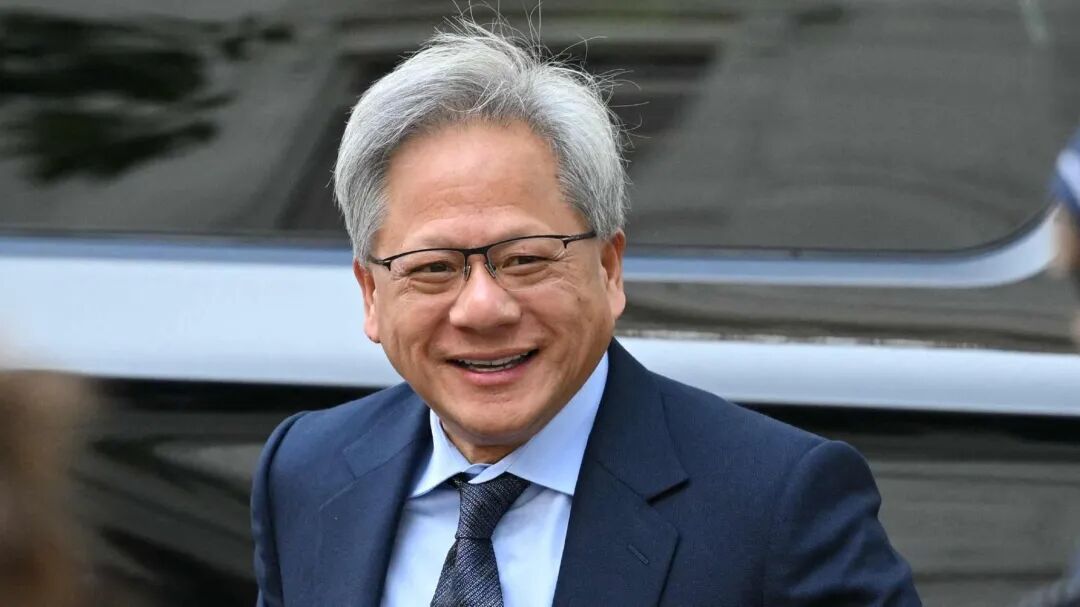
From “Follower” to “Challenger”: Huawei Ascend’s Comeback Script
In 2019, when Huawei released the first-generation Ascend 910 chip under the pressure of the “entity list,” the outside world was more sympathetic than expectant. After all, at that time, NVIDIA’s V100 was the absolute king of AI training chips, and the performance gap was visibly large. However, Huawei managed to gradually close the gap with each annual iteration, with the 910B and 910C generations. Now, with the news of the 910D testing, Huawei has boldly stated that it aims to surpass NVIDIA’s flagship product H100 from 2022. It is reported that Huawei could obtain the first batch of 910D samples as early as May. Of course, everything is still in the early stages, and a series of tests will be needed to evaluate the processor’s performance and prepare for supply to customers.
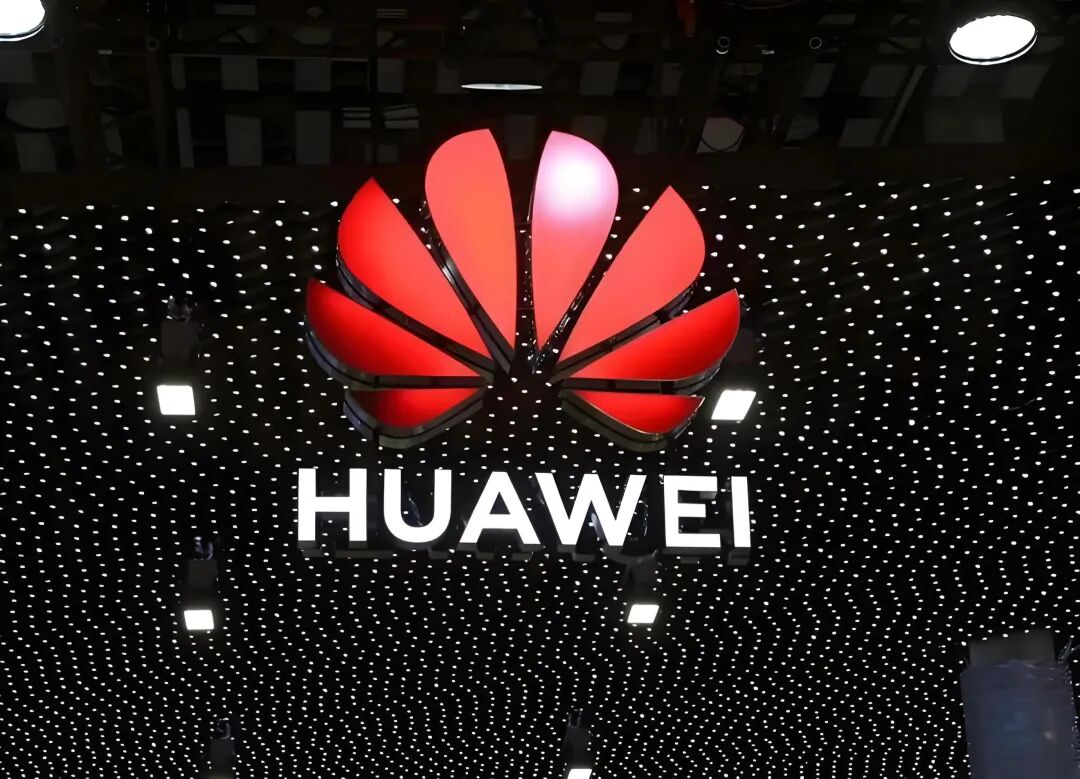
This kind of “cross-generational catch-up” may seem aggressive, but it is actually traceable. The U.S. export controls on the H20 chip have objectively created a market window for Huawei. Chinese companies that were originally eyeing NVIDIA’s special version H20 have now turned to Huawei. This year, Huawei’s Ascend chips are expected to ship 800,000 units, with a customer list that includes national teams like China Telecom and private tech giants like ByteDance. Even Jensen Huang admits: “Huawei can catch up in every field it enters.”
When Technological Warfare Meets Geopolitics: A Race with No Retreat
The U.S. export controls on the H20 chip essentially aim to cut off China’s access to high-end computing power. However, the market response has played out in dark humor—after the control order was issued, Huawei’s order inquiries increased rather than decreased. Industry insiders revealed that a certain internet giant originally planned to purchase H20 to build an AI cluster but has now directly switched to Ascend 910C and even increased the budget by 20%. This kind of “the more you suppress, the more popular it becomes” scenario has not been seen for the first time in the semiconductor field.
Jensen Huang’s anxiety is visibly apparent. This Silicon Valley mogul rarely publicly criticizes the U.S. government’s regulatory policies as “terrible” and even stated, “Huawei is our strongest Chinese competitor.” It is worth noting that NVIDIA’s financial reports clearly state: for the past two years, Huawei has been its officially recognized competitor. This kind of “recognition” from a rival is, in some respects, more persuasive than sales figures.
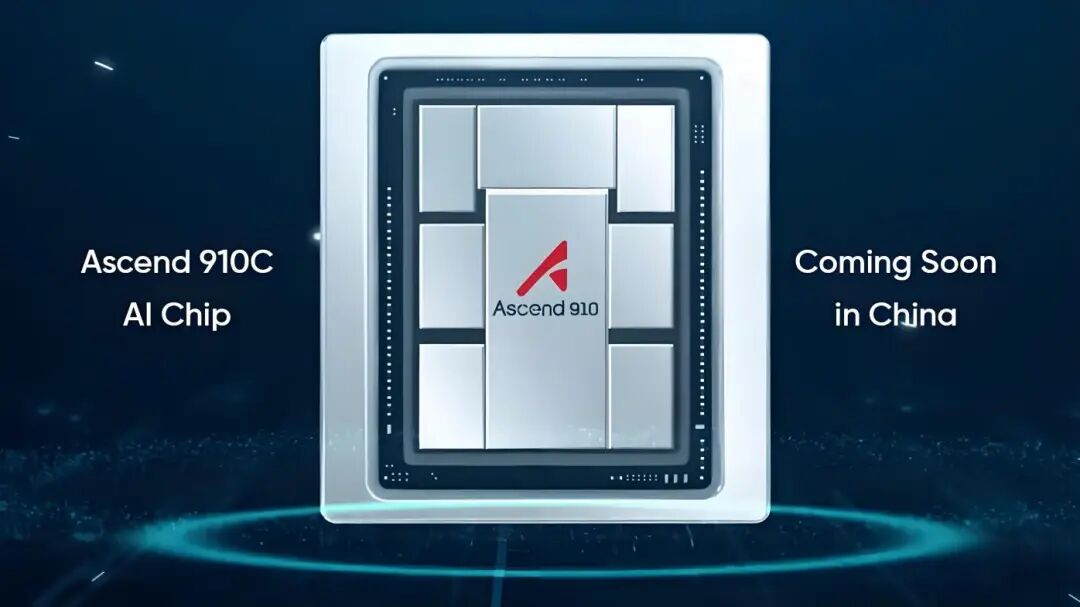
The Ambition of 910D: More Than Just “Replacement,” But to “Reconstruct the Rules”
From the current information, the killer features of the Ascend 910D may lie in three dimensions:
1. Computing Density: Utilizing more advanced process technology, single-card computing power may exceed 2000 TFLOPS, which is crucial for large model training;
2. Ecological Breakthrough: Huawei is packaging the Ascend chip with its self-developed MindSpore framework and Pangu large model into a “full family bucket,” attempting to break the monopoly of the CUDA ecosystem;
3. Scenario Customization: In response to the data security needs of Chinese enterprises, it may include hardware-level encryption modules, which are highly attractive to government and financial clients.
However, challenges still exist. NVIDIA’s H100, with its mature CUDA ecosystem, remains the “default option” for large model developers. For Huawei to break through, it is not enough to rely solely on hardware performance; it must build a complete ecological chain from chips to frameworks to application scenarios. Fortunately, domestic AI companies have been forced into survival mode due to the “neck choke” situation, with companies like Baidu and ByteDance accelerating their adaptation to the Ascend platform.
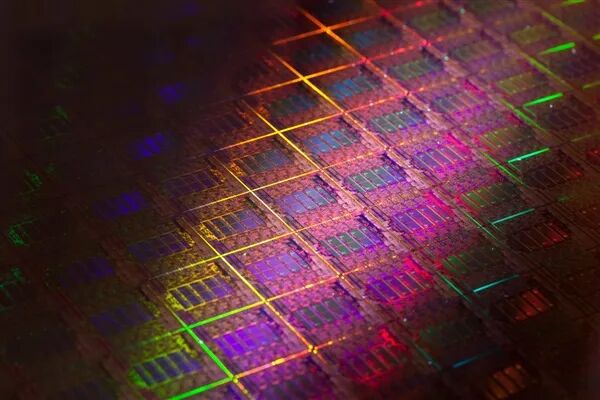
The Future is Here: The Global AI Chip Enters the “Dual-Track System” Era
This competition is giving rise to two parallel worlds: one dominated by NVIDIA’s global supply chain and the other built by Chinese companies’ domestic alternative systems. Data shows that the market size of China’s AI chip market will exceed 200 billion yuan by 2025, with more than 60% likely to be captured by local manufacturers. This structural change forces global tech giants to rethink their positioning strategies.
For ordinary consumers, competition is always a good thing. When Huawei can use the Ascend 910D to train a Chinese large model comparable to GPT-4, and when Cambricon’s Siyuan chip begins to support autonomous driving iterations, the ultimate beneficiaries will be the entire industry. Just as the smartphone era gave rise to the mobile internet revolution, the “dual-track competition” of AI chips may be nurturing the next technological singularity.
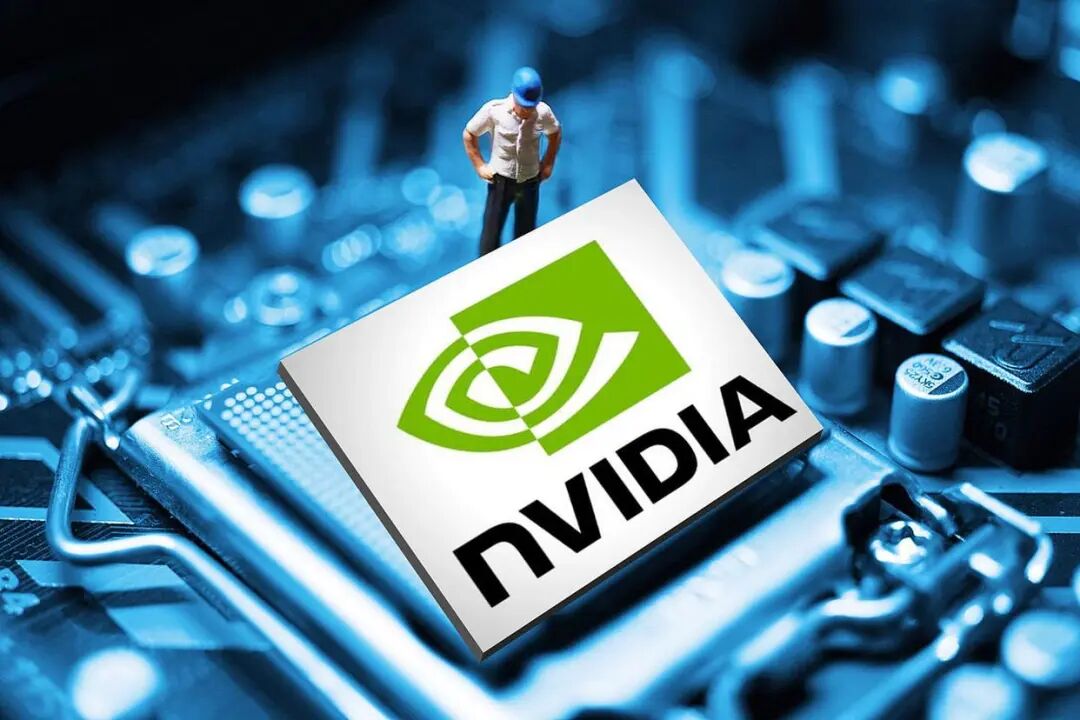
This war without gunpowder is superficially a competition of computing power, but at its core, it is a confrontation of innovation systems. When Jensen Huang says, “Huawei can conquer every market,” he sees not only the immediate order competition but also a rising “Chinese technology paradigm.” Perhaps it won’t be long before a face from the East appears on the podium of global AI chips.
